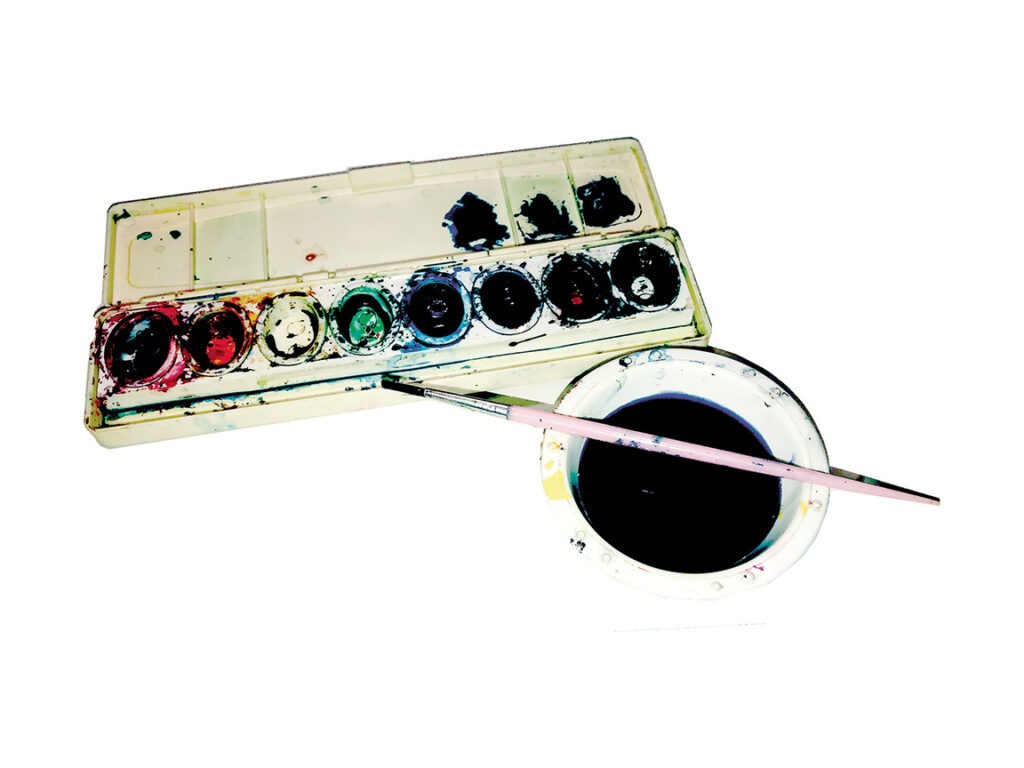
Dorri Partain
Contributor
When the “father of the American Christmas card” needed art supplies for his young daughter, he started a campaign to bring art instruction to all American school children.
Louis Prang (1824-1909) was born in Poland but started his career as a lithographer, innovator and publisher after his arrival in America in 1850. He not only brought over the English tradition of sending Christmas cards, but created his own line with American designs, using the chromolithograph process he developed.
His Artist’s Color Wheel, invented in 1876, has become the standard in art instruction, breaking the color palette into primary (red, blue, yellow), secondary (green, blue, violet) and tertiary (red-orange, blue-green) colors.
When Prang’s daughter Rosa wanted to learn painting, he discovered that the watercolors available in America were poor quality and not safe for children. He developed his own formulas for semi-moist, non-toxic colors, and packaged them as a set that would be easy for children to use.
In 1882, the Prang Educational Company produced a 300-page catalogue with a complete line of art supplies and teaching manuals for schools; Prang also hired an art instructor, Mary Dana Hicks, to lead his Prang Normal Art Classes. Normal was a term that referred to education many generations ago.
As Prang and Hicks were both devoted to early art education and widowed, they wed in 1889.
Prang sold his printing business in 1897 to focus solely on the promotion of art education and Hicks-Prang wrote and published The Prang Course in Art Education the following year, creating a guide that is still referred to today.
Following Prang’s death in 1909, the rights to his art products were purchased by the American Crayon Co., which manufactured the Prang paint set shown here around 1970.
The Prang trademark still appears on a full line of art supplies owned by another company well known for school supplies, Dixon Ticonderoga.



















Comments are closed.